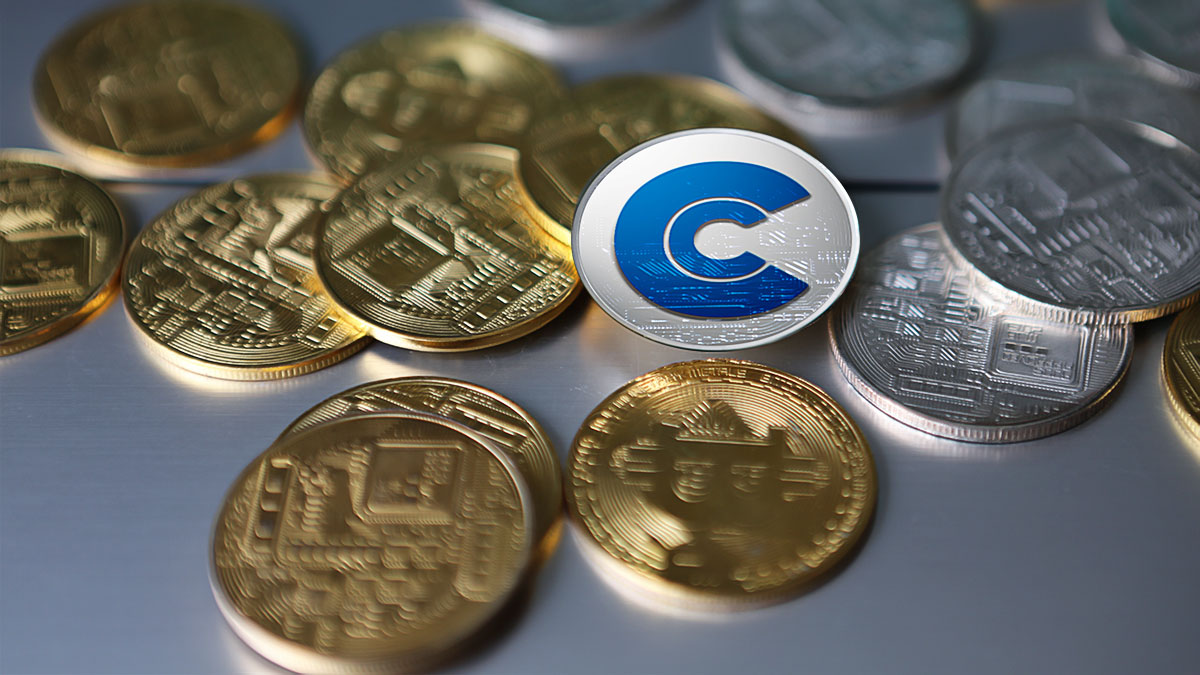OpenAI has unveiled a new artificial intelligence model named Sora, designed to transform text into video, positioning itself as a significant player alongside Google’s recent advancements in this domain. Sora’s introduction has garnered global attention and has led to varied reactions within a short span.
Unlocking Sora’s Capabilities
Despite internal challenges and controversies, OpenAI has reached a key milestone with the creation of Sora. The model’s release comes amidst the buzz surrounding ChatGPT-5 and mirrors Google’s own text-to-video AI, Lumiere. Sora will be initially available to a limited audience, with its standout feature being the production of videos up to one minute in length.
OpenAI, already known for ChatGPT and Dall-E, aims to distinguish itself in the competitive industry, which is forecasted to achieve a worth of $1.3 trillion by 2032. Sora represents a strategic move to captivate consumer interest in AI technology beyond ChatGPT.
Before Sora’s public release, OpenAI plans to rigorously test the model with experts in areas such as misinformation, hate content, and bias to identify potential drawbacks. Feedback from creative professionals is also being sought to refine Sora’s development, with an emphasis on preventing deepfake-related issues.
The Prowess of Sora Detailed
A notable trait of Sora is its ability to visualize text summaries containing up to 135 words. OpenAI has showcased several examples, with Sam Altman encouraging users to test the model, indicating confidence in its performance. The model’s design is influenced by Dall-E’s text-to-visual conversion, as it utilizes similar summarization techniques for generating visual data.
OpenAI’s announcement highlighted Sora’s capability to generate complex scenes with precise character movements and backgrounds, reflecting an understanding of the physical world. The realism of the shared videos by OpenAI has been impressive, and the model can also animate still images and extend videos by completing missing frames.
Recognizing Sora’s Developmental Hurdles
OpenAI acknowledged some of Sora’s current limitations, such as challenges in depicting complex scenes and causal relationships. For example, Sora may not accurately represent changes in an object after an interaction, like missing bite marks on a cookie. The company did not specify a release date for Sora, citing the need for important security measures and emphasizing learning from real-world usage to enhance AI safety over time.













